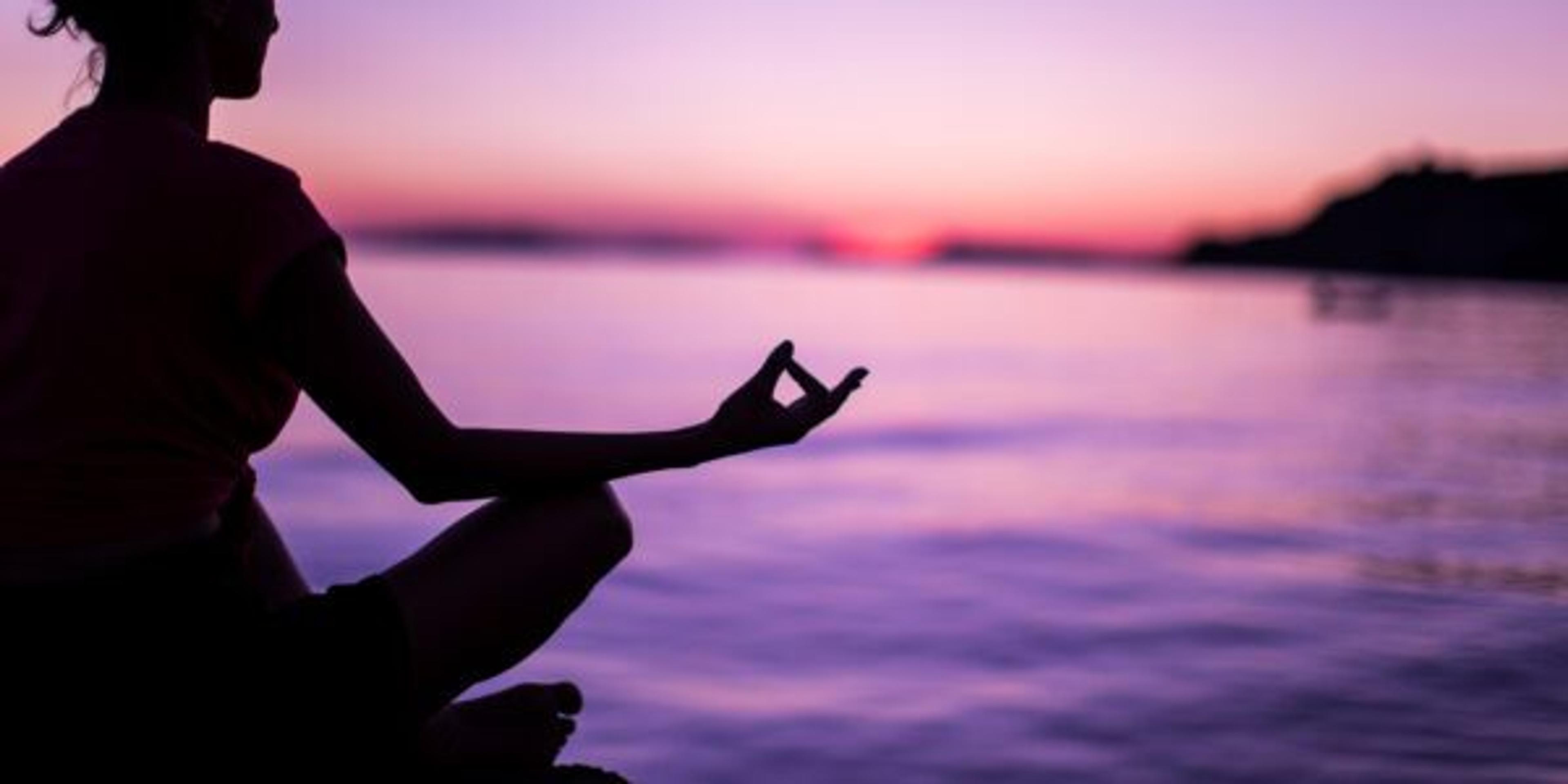Summer Solstice Meditation
Shandra Martinez
| 3 min read

For centuries, there have been celebrations revolving around the Summer Solstice, also known as Midsummer’s Day. In some places, these gatherings at the height of the planting and growing season include whole communities. Other times, these are individual events with people ringing in the beginning of summer in a way that’s personally meaningful. If you’ve never thought about using meditation to mark the solstice, we’ll show you how it can be good for your health.
What is the Summer Solstice?
Summer Solstice is often referred to as the longest day of the year, or the day with the most daylight hours. It’s known as the beginning of summer, or the start of astronomical summer – which is based on the Earth’s position relative to that of the sun. On the Summer Solstice in the Northern Hemisphere, the Earth’s axis points most directly toward the sun, according to the National Weather Service. This year, the Summer Solstice will be on June 21 and the sun will reach its peak height in the sky. In the days following this one, the sun’s arc will move lower in the sky until it reaches its lowest point in late December. After Winter Solstice, the sun’s climb and tilt toward Summer Solstice begins again.
Solstice traditions
Solstice celebrations have evolved over the centuries. Ancient traditions revolved around iconic landmarks like the strategically-placed rocks at England’s Stonehenge or the Temple of the Sun in Peru’s Machu Picchu. In some countries, the day is still marked by bonfires, dancing and festivals featuring special food and drinks. In New York, huge group yoga gatherings mark the day in Times Square. So it’s not a stretch to believe that Summer Solstice is a great time to indulge in a little healthy meditation.
Summer Solstice Meditation
When you look at lists of activities that are incorporated into modern solstice celebrations, meditation often makes the list. Sometimes these are community gatherings where quiet time and reflection are encouraged during the hours of sunrise or sunset. Other times, it can be peaceful to meditate on your own as a healthy solstice practice.
Because Summer Solstice falls half-way through the calendar year, some people use the day like a resolution window – making a mental list of things they’d like to accomplish or healthy practices they want to incorporate for themselves before the year’s end. Meditation can be high on the list for lots of people who want to reap its mental and physical benefits. Let’s look at what adding regular meditation to your routine can do for you.
Benefits of Meditation
Meditation itself is a centuries-old practice, much like the solstice celebrations. So it seems fitting the two should be practiced together. Meditation is often described as the act of sitting or resting quietly while focusing your mind’s attention inward on the sound and rhythm of your breathing. It’s a way to deepen the mind-body connection and make a person more aware of their own bodies instead of the often overstimulated environment around them. Meditation also comes with a lot of health benefits, according to studies shared by the U.S. Department of Health and Human Services. These benefits include:
- A significant reduction in blood pressure for people with hypertension and diabetes
- Stress reduction
- Decreased anxiety
- Pain-level reduction in people who report having issues with chronic pain
- Lower instances of insomnia
- Better quality sleep
- Reduction of symptoms in people diagnosed with PTSD
If meditation is not on your list for the Summer Solstice, it’s certainly worth trying. You can toast the sun, celebrate the summer and add a little zen to your day.
Related:
Photo Credit: Getty Images





